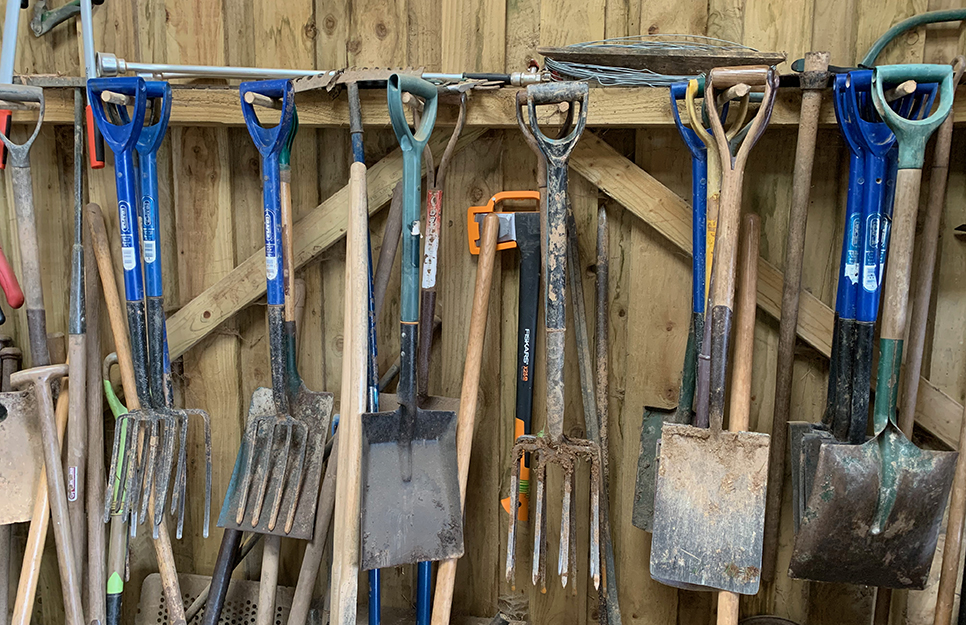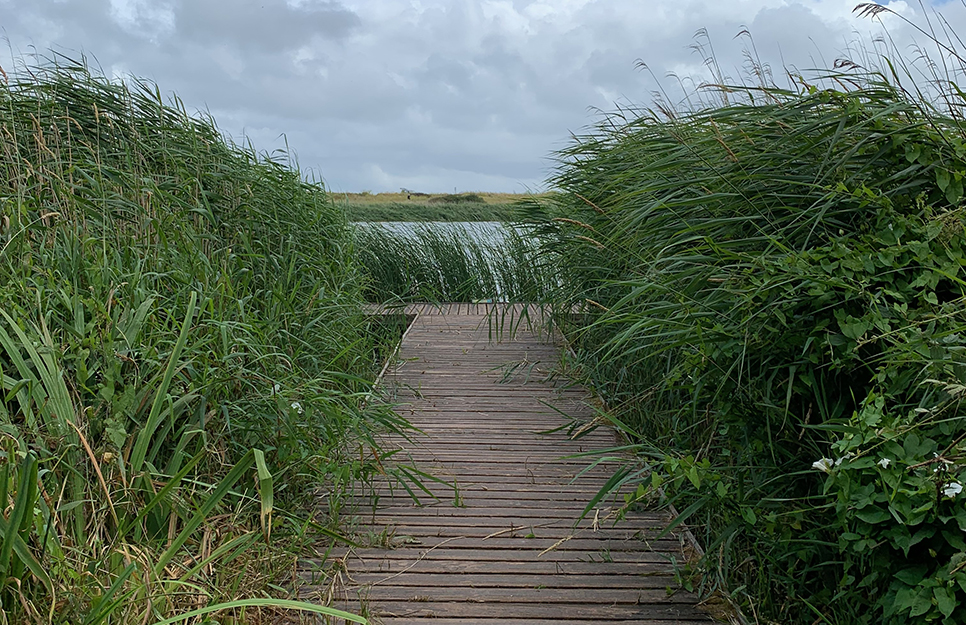As we at the Bioregional Learning Centre move towards this summer’s Learning Journey on climate adaptation in the South Hams, we’ve been thinking carefully about how we want to move within the space of this complicated topic and what principles we want to hold ourselves to throughout our work.
When we discuss climate adaptation, it is important that we frame the conversation within the realities of what climate change is, where we are at now, and how the climate is likely to change in the future. When it comes to actually communicating this, it can feel like the “right thing” to do is to give all the information we have, allowing people to digest it and take the relevant information.
In practice, this amount of information can be overwhelming, intellectually and emotionally, and we can end up getting tangled in detailed minutiae rather than giving a clear picture of what is important. A central theme for us, right across this work, is empowerment for individuals and communities. In discussing climate adaptation, as with climate change, offering clear practical information and a vision for the future is potentially more significant than going into great detail on the scientific specifics.
This collective vision for the future is hugely supported by seeing and learning about real local scenarios. To name just a few, examples in this region include soil-friendly farming, providing warm and cool spaces for those struggling with extreme temperatures, habitat restoration, share and repair projects. Taking a topic that can feel overwhelmingly huge and often theoretical back down to earth with tangible, achievable possibilities is how we can really help people to see what the path forward might look like.
There is a real opportunity here to consider the wider notion of what it means to be a citizen in the context of a rapidly changing future. When we recognise that this problem can’t just be fixed from above by government, we open space to think about working collaboratively. There are specific adaptation actions that can be taken, such as flood preparation plans, but actually developing and being part of community is an important action in itself.

Amidst all of this is a deeper truth: facing the realities of climate change is scary. A lot of the climate adaptation resources available present information in a clear and practical way, which is really useful in planning. But when we think about the importance of being in community, we have to recognise that a certain amount of emotional honesty is needed.
How can we hold this uncomfortable reality? Perhaps we can consider ways of thinking which mitigate some of that fear and grief. In my work around sustainability, I have thought a lot about the sustainability of the individual environmentalist – perhaps here we can consider the inner adaptation of the climate adaptation thinker.
The term solastalgia was coined by environmental philosopher Glenn Albrecht, meaning ‘the distress that is produced by environmental change impacting on people while they are directly connected to their home environment’. In initial research, the negative effects of environmental change were exacerbated by ‘a sense of powerlessness or lack of control over the unfolding change process’. In community-centred adaptation, perhaps we can support each other to feel a sense of empowerment and some degree of control over our situation.
During our conversation with participants of the Sustainable South Hams Change Makers event on climate adaptation, some were worried about losing sight of climate mitigation in the midst of preparing for adaptation (find out more about the distinction between mitigation and adaptation here). One of the really positive points that came out of that discussion was how many examples there are of actions that support both mitigation and adaptation – for example, developing local renewable energy sources or strategically planting trees for floodwater management.
Ultimately, our work in developing a Learning Journey and then an exhibition will provide an insight into the many ways in which everything ties together. By considering an overall system, individuals and communities can think at a much more expansive scale about their interactions with the environment, society, infrastructure and each other.
Holding all of this in mind, our principles for working around climate adaptation are:
- Keep things simple – not all science needs to be shared
- Focus on what individuals and communities can do
- Tell stories about real scenarios
- Engage with human experience and admit that it is scary
- Show how mitigation and adaptation go hand in hand
- Step inside systems

